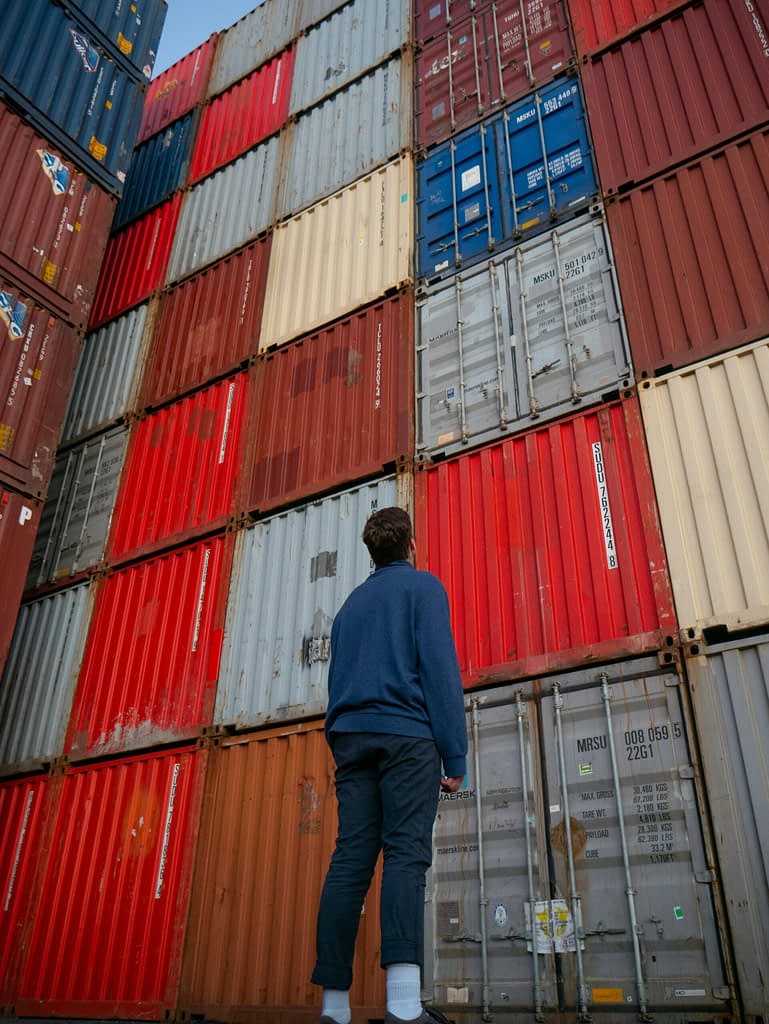The trade war between the US and China is escalating after the White House confirmed raising tariffs on Chinese goods to 145%. President Trump acknowledged possible “transition problems” but expressed confidence in his plan. Financial markets responded with sharp declines – the S&P 500 fell 3.5%, the dollar had its worst day since 2022, and oil dropped 3.3%. Investors fear long-term impacts on the global economy, while companies are suspending orders and reassessing their strategies.
Trump’s Vision Despite “Transition Problems”
“There’ll be a transition cost, and transition problems, but in the end it’s going to be a beautiful thing,” Trump said Thursday during a Cabinet meeting. “We’re in very good shape.” The President emphasized that the 125% tariffs are designed both to address America’s trade deficit with China and punish Beijing for retaliating against US import taxes. This figure is in addition to an earlier 20% levy implemented due to China’s role in fentanyl trafficking.
Chaos in Trade Policy
Trump’s approach to tariffs has been marked by confusion and frequent changes of course. Large placards with tariff rates displayed at the president’s April announcement were inconsistent with numbers the White House published in its official order. The formal rates were later changed to reflect the figures on the posters. On Wednesday, the president abruptly announced plans to put off higher levies on dozens of nations hours after they went into place.
Markets React with Sharp Declines
A day after the biggest stock-buying wave in years, market sentiment dramatically shifted. The S&P 500 fell 3.5%, the dollar saw its worst day since 2022, and oil dropped 3.3%. Investors are trying to assess how the effective freezing of trade with China will impact companies and growth.
- The Nasdaq 100 fell 4.2%
- The Dow Jones Industrial Average fell 2.5%
- Bitcoin fell 4.3% to $79,592.45
- Gold rose 2.9% to $3,172.81 an ounce
Global Economic Consequences
The US trade war has shifted from an attack against all to a concentrated conflict with China. “The Trump administration’s stance has evolved from an all-out trade war against everyone, to a concentrated trade war against China,” said Nicolas Oudin of Gavekal Research. “Most investors believe that China shot itself in the foot by retaliating. The view from Beijing is different. Many in China read the ‘Trump fold’ as a sign of US weakness.”
Inflationary Pressures on the Horizon
While data from March showed US inflation cooling broadly, the data was calculated prior to widespread levies that risk contributing to price pressures. That may change in coming months as Trump’s higher levies filter through the economy. Price declines for services like hotel stays and airfares may be a warning sign that some consumers are cutting back on discretionary spending.
Federal Reserve Waits and Watches
A growing chorus of Federal Reserve officials have raised concerns that aggressive trade policies could lead to a more lasting increase in inflation. US central bankers have signaled they’re not in a hurry to lower borrowing costs further, instead preferring to wait and see how changing government policies impact the economy.
Uncertainty for Businesses and Consumers
Companies around the world are hitting their pause button on orders and reassessing their strategies. CarMax backed away from the timing of its financial goals amid trade war uncertainty. Trump’s policies are extending the uncertainty that has already begun to drag on business and consumer sentiment. Ray Dalio, billionaire founder of Bridgewater Associates, said investors have been left with “an element of trauma or shock or fear” after all the turmoil in global markets this week.




